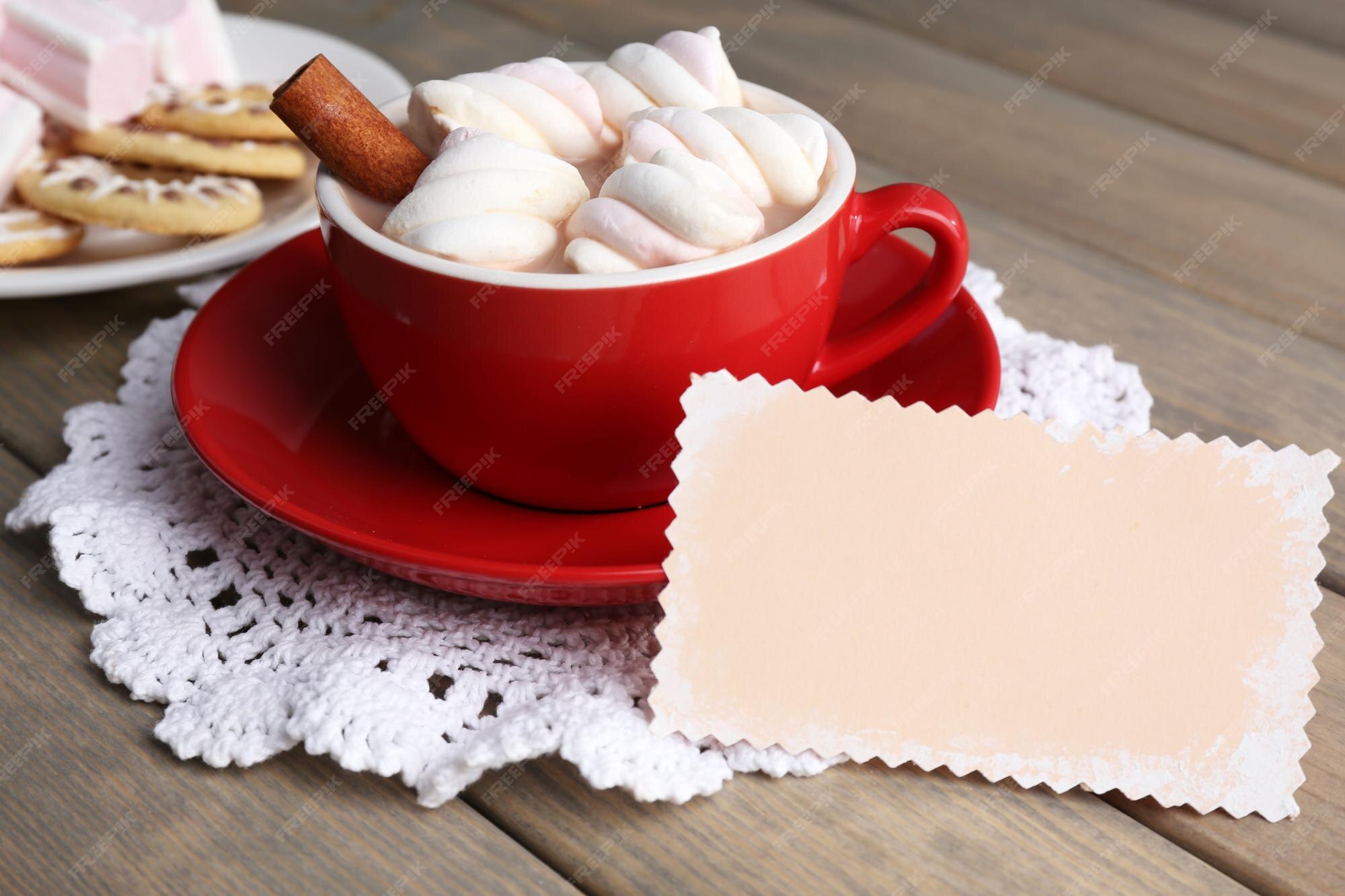
Hot chocolate is a beloved beverage enjoyed by people of all ages around the world. Whether sipped on a chilly winter evening or as a comforting treat on a rainy day, hot chocolate has a way of warming both the body and soul. However, one often overlooked aspect of this delightful drink is the temperature at which it is served. Believe it or not, the temperature of hot chocolate can significantly impact its flavor and overall enjoyment.
The Importance of Temperature in Hot Chocolate
The temperature at which hot chocolate is served plays a crucial role in how its flavors are perceived. Just like with other beverages such as coffee or tea, serving hot chocolate at the right temperature can enhance its taste and aroma. Moreover, the ideal temperature can also affect the texture and mouthfeel of the drink, making it smoother and more enjoyable to consume.
Ideal Temperature for Hot Chocolate
So, what exactly is the perfect temperature for hot chocolate? While individual preferences may vary, the general consensus among experts is that hot chocolate is best enjoyed when served between 160°F to 180°F (71°C to 82°C). This temperature range allows the flavors to fully develop without scalding the milk or burning the cocoa.
Effects of Temperature on Taste
The temperature of hot chocolate can greatly influence its taste profile. When served too hot, the flavors may become muted, and the drink can taste overly bitter or burnt. On the other hand, serving it too cold can dull the flavors and make the drink seem less satisfying. Finding the right balance is key to unlocking the full potential of hot chocolate’s rich and indulgent flavor.
The Science Behind Temperature and Flavor
Behind the scenes, there’s a fascinating interplay of chemical reactions that occur when hot chocolate is heated to the perfect temperature. At higher temperatures, certain compounds in cocoa and milk undergo changes that release volatile aromatic compounds, enhancing the aroma and flavor of the drink. However, exceeding the optimal temperature can lead to the breakdown of these compounds, resulting in a less flavorful beverage.
Serving Hot Chocolate at Home
For those who enjoy making hot chocolate at home, achieving the ideal temperature can be a simple yet rewarding process. Using a thermometer to monitor the temperature as the hot chocolate heats up can help ensure that it doesn’t exceed the optimal range. Additionally, stirring the drink regularly can help distribute the heat evenly, preventing any hot spots that could lead to overheating.
Commercial Hot Chocolate Preparation
In commercial settings such as cafes and restaurants, maintaining the perfect temperature for hot chocolate is a bit more involved. Professional-grade equipment, such as steam wands and hot water dispensers, is often used to heat and froth the milk to the desired temperature. Baristas are trained to monitor the temperature closely and adjust as needed to achieve consistent results with each serving.
Temperature Variations Across Cultures
Interestingly, the preferred serving temperature for hot chocolate can vary widely from one culture to another. In some European countries, such as Italy and Spain, hot chocolate is often served at a higher temperature to complement the thicker, more indulgent consistency of the drink. Meanwhile, in countries like Japan, where hot chocolate is less common, it may be served at a slightly lower temperature to suit local tastes.
Health Considerations
It’s worth noting that the temperature at which hot chocolate is consumed can have implications for health. Drinking hot beverages, including hot chocolate, at temperatures above 140°F (60°C) has been associated with an increased risk of esophageal cancer. Therefore, it’s essential to let hot chocolate cool to a safe temperature before enjoying it to minimize any potential health risks.
Innovations in Temperature Control
With advancements in technology, there are now innovative solutions available to help maintain hot chocolate at the perfect temperature for longer periods. From insulated serving vessels to temperature-controlled beverage dispensers, these tools can help ensure that every cup of hot chocolate is served at its peak.
Seasonal Variations in Temperature Preferences
The ideal temperature for hot chocolate can also vary depending on the season. While a piping hot mug of cocoa may be just what you need to warm up on a cold winter day, some may prefer a slightly cooler version during the warmer months. Experimenting with different serving temperatures can help you discover what works best for you year-round.
Hot Chocolate Trends
In recent years, there has been a surge in creative hot chocolate variations, with flavors ranging from classic favorites like peppermint and salted caramel to more adventurous combinations like chili-infused or matcha-flavored hot chocolate. As these trends continue to evolve, so too do preferences for serving temperature, with some variations best enjoyed chilled or even frozen.
Serving Temperature and Presentation
Beyond just taste, the temperature at which hot chocolate is served can also impact its presentation. A perfectly steaming mug of hot chocolate topped with a dollop of whipped cream or a sprinkling of cocoa powder is not only visually appealing but also enticing to the senses. Paying attention to the details, including temperature, can elevate the overall drinking experience.
Experimenting with Temperature
Ultimately, finding the perfect temperature for hot chocolate is a matter of personal preference. Whether you prefer it piping hot or just warm enough to melt the marshmallows, don’t be afraid to experiment with different temperatures until you find what works best for you. After all, half the fun of enjoying hot chocolate is discovering new ways to savor its deliciousness.
Conclusion
In conclusion, the temperature at which hot chocolate is served can significantly impact its flavor, aroma, and overall enjoyment. By understanding the importance of temperature and experimenting with different serving temperatures, you can unlock the full potential of this beloved beverage. So, the next time you cozy up with a mug of hot chocolate, take a moment to appreciate the perfect temperature that makes it truly irresistible.
FAQs (Frequently Asked Questions)
- What is the ideal temperature range for serving hot chocolate?
- The ideal temperature for hot chocolate is typically between 160°F to 180°F (71°C to 82°C).
- Can serving hot chocolate at higher temperatures affect its flavor?
- Yes, serving hot chocolate at excessively high temperatures can lead to a loss of flavor and even a burnt taste.
- Are there health risks associated with consuming hot chocolate at high temperatures?
- Drinking hot beverages above 140°F (60°C) has been linked to an increased risk of esophageal cancer, so it’s important to let hot chocolate cool to a safe temperature before drinking.
- How can I maintain hot chocolate at the perfect temperature for longer periods?
- Using insulated serving vessels or temperature-controlled beverage dispensers can help keep hot chocolate at the optimal temperature.
- Are there any cultural differences in serving temperatures for hot chocolate?
- Yes, the preferred serving temperature for hot chocolate can vary from one culture to another, with some countries preferring it hotter than others.










